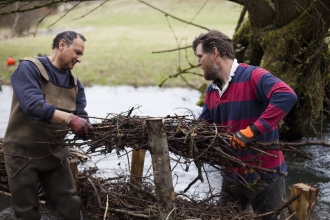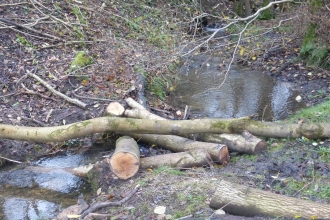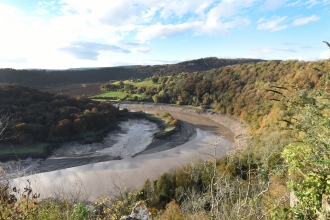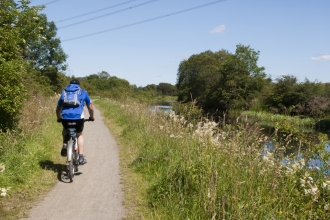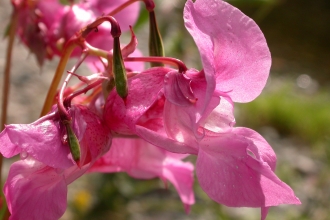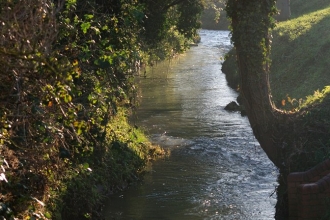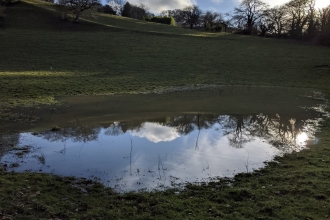Creating naturally functioning waterways that provide cleaner water and reduced flood risk
Whether too much or too little, water affects all of our lives.
Since the second world war, rapid population growth, urbanisation and demand for cheaper food have damaged natural river systems, causing many problems, such as loss of biodiversity, water pollution and increased flood risk. These impact on all of us, whether directly, through flood damage to property and infrastructure, or indirectly through escalating costs of drinking water, sewerage services or property insurance.
The complexities of the water cycle mean collaborative working is essential for improvement and is why we work in partnership with local councils, government agencies, water companies, environmental NGOs, community groups, landowners and farmers.
Unsustainable farming practices, development, pollution, urbanisation and abstraction are all factors that have contributed to over 10% of our freshwater and wetland species facing extinction in the UK. Thousands of species including well-loved animals such as kingfishers, otters, dippers, water voles and salmon rely on healthy rivers and wetland habitats.
There are a number of species who have benefited from our work on water habitats in Gloucestershire...
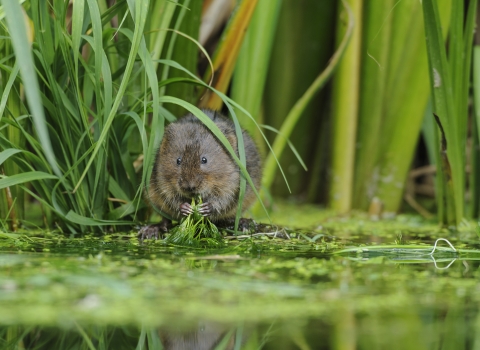
Terry Whittaker/2020 Vision
Water vole
The water vole lives along rivers, streams and ditches, around ponds and lakes, and in marshes, reedbeds and areas of wet moorland. Look out for the signs of water voles, such as burrows in the riverbank, often with a nibbled 'lawn' of grass around the entrance. Water voles like to sit and eat in the same place, so piles of nibbled grass and stems may be found by the water's edge, showing a distinctive 45 degree, angled-cut at the ends. 'Latrines' of rounded, cigar-shaped droppings may also be spotted. Water voles start to breed in spring, having three to four litters a year of up to five young.
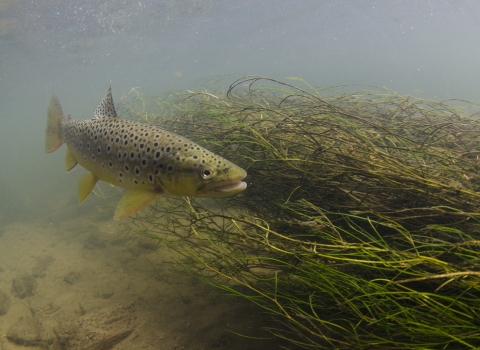
Jack Perks
Brown Trout
A medium to large fish, the Brown Trout lives in fast-flowing, stony and gravelly rivers. It is a predatory fish, feeding on insect larvae, small fish and flying insects, such as mayflies and damselflies. Spawning occurs between January and March when females (accompanied by a number of males) lay their eggs on gravelly beds. Fertilised externally, the eggs are buried in the gravel. The young fish, called 'fry', hatch and feed on the nutritious yolk sac before moving on to feed on invertebrates.
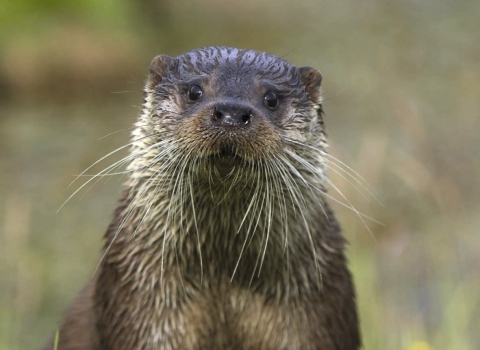
Andy Rouse
Otter
The elusive otter is one of our top predators, feeding mainly on fish (particularly eels and salmonids), waterbirds, amphibians and crustaceans. Otters have their cubs in underground burrows, known as 'holts'. Excellent and lithe swimmers, the young are in the water by 10 weeks of age. Otters are well suited to a life on the water as they have webbed feet, dense fur to keep them warm, and can close their ears and nose when underwater. They require clean rivers, with an abundant source of food and plenty of vegetation to hide their secluded holts.

